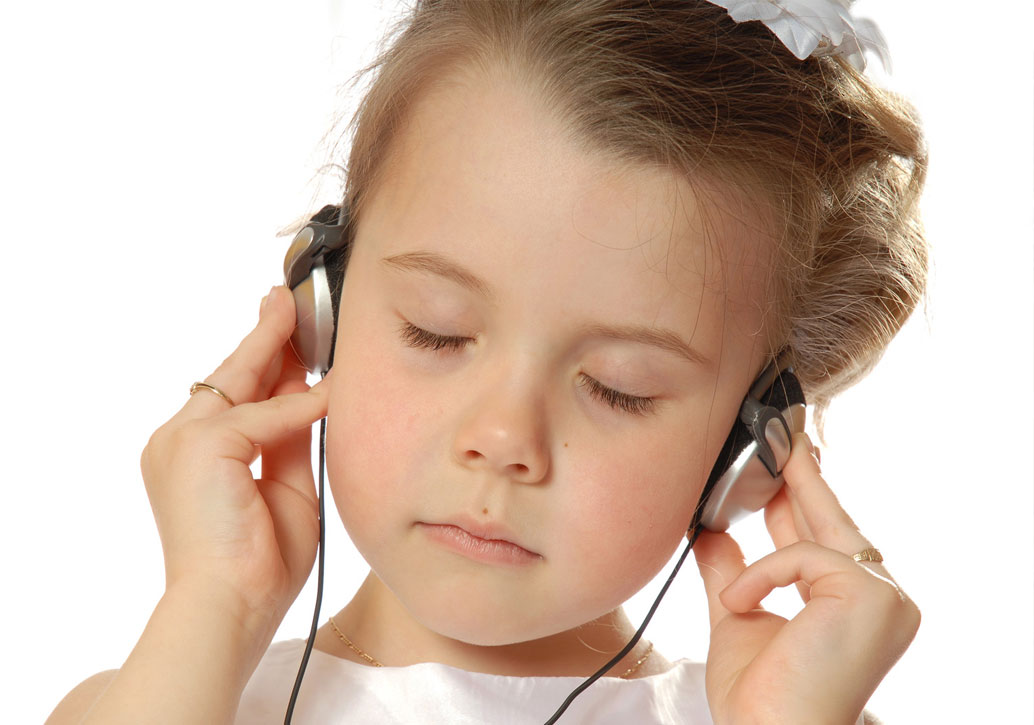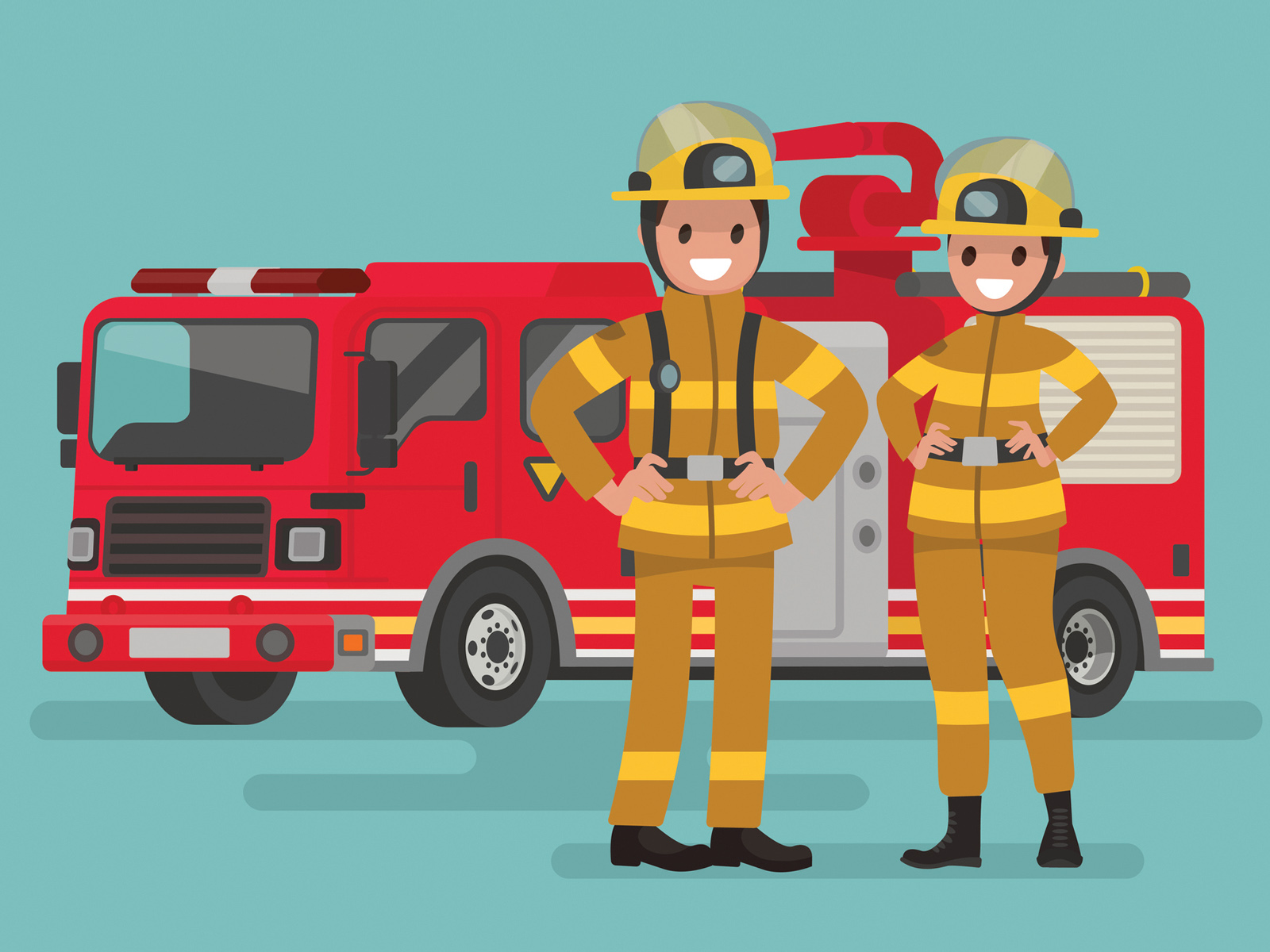Our continued discussion with
Gloria Lipski, MA, MTA
(Music Therapist Accredited)
Q) What happens during a typical music therapy session?
Music therapy sessions are based on the needs and strengths of the individual or group, and musical experiences are selected specifically to engage the children in working towards their goals. Sessions can look like many different things!
Having said that, sessions usually consist of a routine opening and closing event of some kind, often in the form of a “hello and goodbye” song. In the half hour to an hour session, the music therapist leads a number of musical experiences for the child to participate in, such as singing, playing instruments, listening to music, dancing and moving, writing songs, improvising, talking about music and using relaxation techniques.
Sessions can be one-on-one or in a group, and can take place in a lot of different settings, such as schools, community mental health centres, children’s hospitals and neonatal care clinics, or through music therapists who have private practices.
Q) Why do you think music therapy is so effective?
Part of the reason that music therapy is so effective is because music is so motivating and engaging. It has a very organic way of getting children to work towards functional goals. For example, giving a musical context to the physical exercises designed for a child with cerebral palsy disguises the hard work they have to do as a game or an experience that has enjoyment built into it. Singing “reach for the drum” and using this instrument as a target and reward will get little client’s bending, turning and reaching for the stars.
Another reason that music therapy is so effective is because it is nonverbal. Working with a preteen boy with autism, I saw how music offered him a way of expressing himself that had a comforting inherent structure. While the boy’s ability to express himself verbally was limited, especially when it came to emotions, improvising on the piano supported by a music therapist allowed him to freely release emotional responses that did not otherwise have an appropriate outlet.
In addition, more and more scientific evidence is showing the amazing reach of music across the human brain. Music’s connection across the brain, from language to emotion to body movement and beyond, makes it an essential tool for healing, memory, learning and maximizing brain plasticity (i.e., the brain’s ability to reroute and make new pathways).
Q) What is the best thing about being a music therapist?
I would say the best thing is the diversity of the people that I work with and their responses to music. The challenge of connecting with unique people through music in order to better their lives is very rewarding. People share themselves musically in ways that not everyone gets to witness. For example, the staff at an after-school program for children with developmental disabilities might be astounded when a mostly nonverbal child says her own name so that the group can drum that name back to her. The privilege of witnessing the different ways that people express their being through music is the best thing about being a music therapist.
Q) Do some of the techniques used in music therapy work better than others?
The techniques used in music therapy depend entirely on the goals of the client, and partly on the unique competence and approach of the therapist. For example, if the goal is social interaction for a group of children with autism, one child might have strong imitation skills and interact well in the context of taking turns, echoing a drum pattern played by the music therapist. Another child in the same group might not be able to echo, but might make more eye contact if her or she shares the drum with the therapist and plays a beat at the same time. So, again, it all depends.
Q) What are some of the misconceptions about music therapy?
One of the misconceptions about music therapy is that it’s all fun and games. It can be fun, but it is fun channeled to do the hard work of therapy. Sometimes that work might not seem pleasant, such as expressing grief for a lost family member, but it is still important for the child’s healthy processing and development. Sometimes it might seem simply enjoyable, but the activity is actually serving goals that will increase the child’s autonomy and daily functioning as an adult, such as following instructions or speaking/singing one at a time.
Another misconception is that the therapist just plays calming music to clients. The idea is actually for the clients to do music as much as possible, too! Finally, many do not understand the education and training that are required to practice music therapy. We can all use music in ways that are therapeutic. But a music therapist brings additional, specialized knowledge, practice and skills to target specific goals safely and effectively.
Q) What advice would you give to parents who are considering music therapy for their child?
Check that the music therapist is accredited, and go for an assessment session. The therapist will be able to tell you the ways in which your child might benefit, recommend either an individual or group setting and suggest preliminary goals specific to your child.
Another approach would be to coordinate with other parents who have children with similar needs and see if there are related organizations or schools that could help you access music therapy services as a group. If you have heard of someone who has enrolled their children in music therapy, ask them about their experience. Remember that results take time and collaboration; you can help the music therapist to help your child!
Resources for parents
Canadian Association for Music Therapy: www.musictherapy.ca
Canadian Music Therapy Trust Fund: www.musictherapytrust.ca














